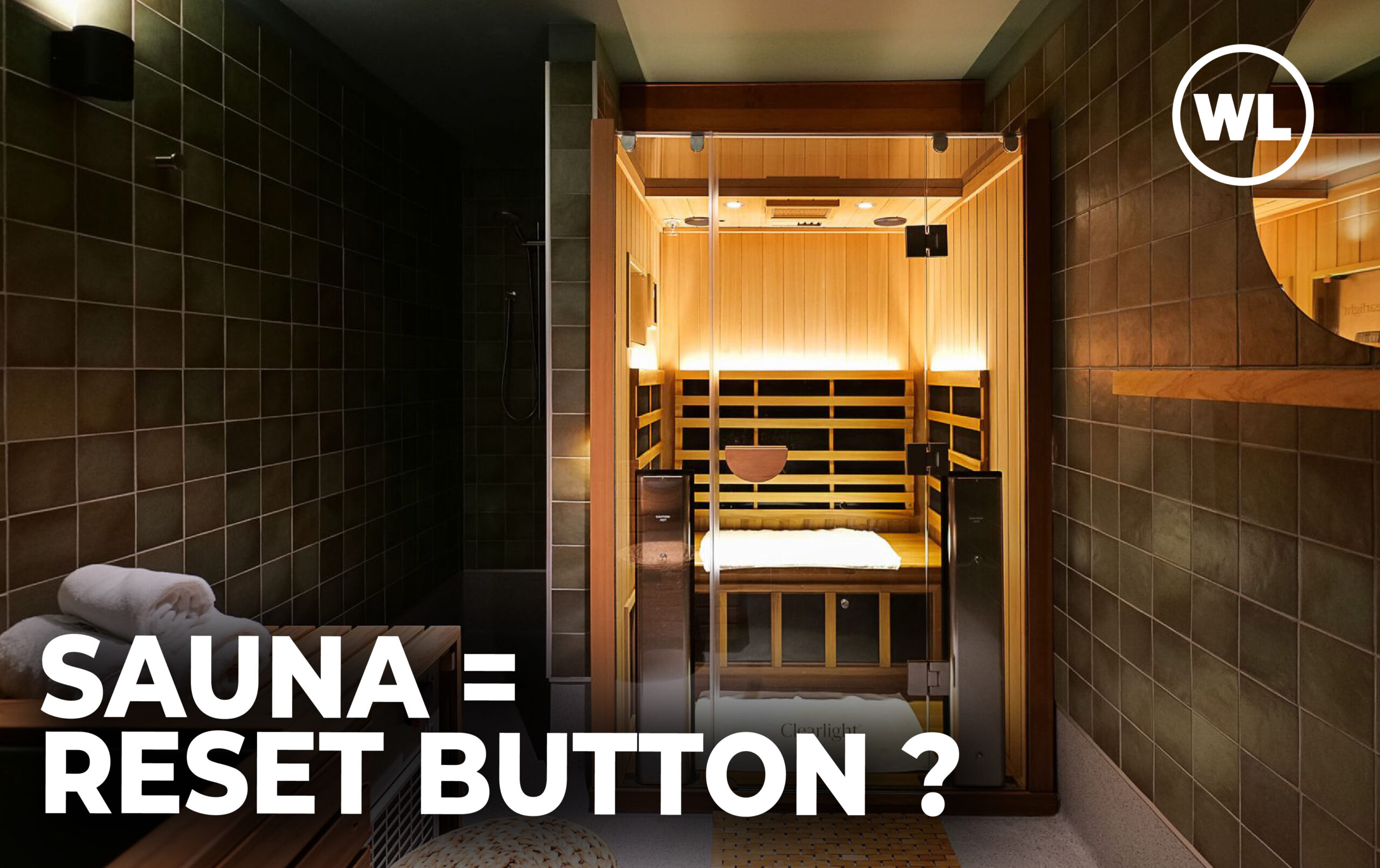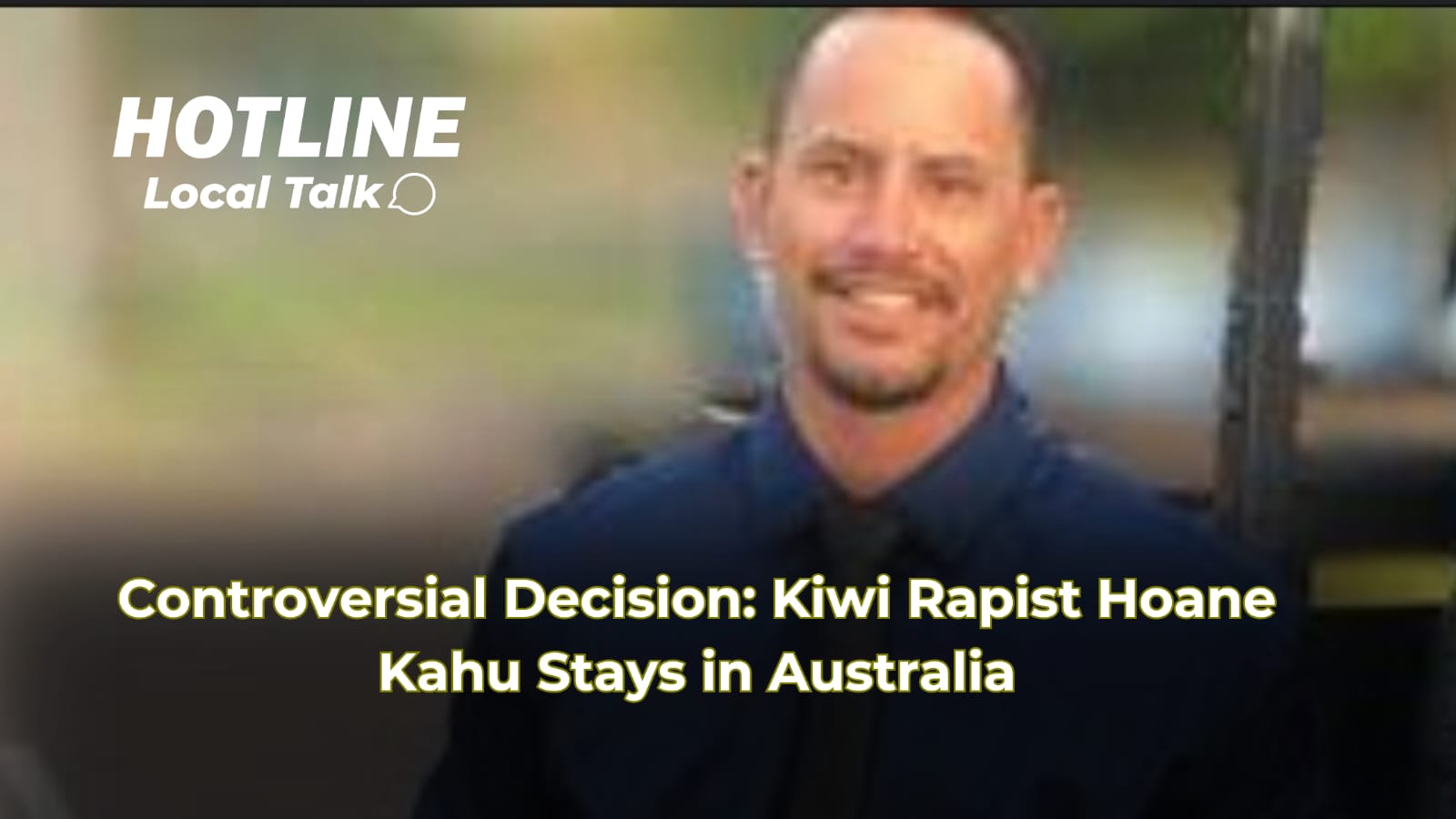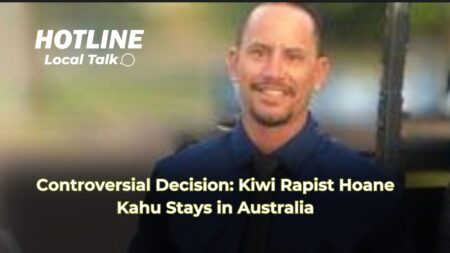Welcome, Wellingtonians! Today, we’re diving into a piece of history that we can all be proud of – New Zealand being the first country in the world to give women the right to vote . This monumental achievement Suffrage pioneers didn’t just happen overnight; it was the result of years of hard work, especially here in Wellington. Let’s explore this journey together, brought to you by One Network Wellington Live.
The Beginnings of Women’s Suffrage in New Zealand
The story of women’s suffrage in New Zealand starts in the late 19th century. At that time, women around the world were fighting for their rights, but New Zealand was ahead of the curve. The movement here was led by brave women who believed in equality. According to historical records, the push for women’s voting rights began in earnest in the 1880s.
Kate Sheppard: The Leader of the Movement
One name stands out in this story – Kate Sheppard. Born in England, she moved to New Zealand and became the face of the suffrage movement. She was not just a leader; she was a strategist, an organiser, and a passionate advocate for women’s rights. Research from the Ministry for Women shows that Kate Sheppard was instrumental in collecting nearly 32,000 signatures for the Women’s Suffrage Petition in 1893, which was about one in four adult women at the time.
Wellington’s Role in the Suffrage Movement
Wellington, our beautiful capital, played a crucial role in this historic movement. It was here that many key events took place. The city was a hub for political activity, and its residents were vocal supporters of women’s rights. According to local historians, Wellington’s central location made it a perfect place for rallying support and organizing events.
Key Events in Wellington
Several significant events related to the suffrage movement occurred in Wellington. For instance, the first Women’s Suffrage Bill was introduced in Parliament here in 1878, although it didn’t pass. However, this was just the beginning. Over the years, Wellington saw numerous public meetings, marches, and petitions, all aimed at securing the vote for women.
- 1887: The first major suffrage meeting was held in Wellington, drawing attention to the cause.
- 1891: A large petition was presented to Parliament from Wellington, showcasing the city’s commitment.
- 1893: The final, successful petition was organized and largely signed in Wellington, leading to the historic change.
The Path to Victory
The journey to women’s suffrage was not easy. It required persistence, strategy, and a lot of public support. Here’s how New Zealand, with Wellington at its heart, achieved this:
Legislation and Public Opinion
The Electoral Act 1893 was the law that finally gave women the right to vote. Before this, there were several attempts to pass similar legislation, but they failed due to lack of support or political will. However, the tide turned as public opinion shifted. Surveys from the time, although not as precise as today’s, indicated growing support for women’s suffrage, especially in urban areas like Wellington.
The 1893 Petition
The 1893 Women’s Suffrage Petition was a game-changer. It was the largest petition of its kind in New Zealand’s history, with signatures collected from all over the country, but Wellington was pivotal. The petition was presented to Parliament, and it showed that women from all walks of life wanted their voices heard. According to the National Library of New Zealand, this petition was over 270 meters long when unrolled!
The Impact of Women’s Suffrage
When women in New Zealand got the vote on 19 September 1893, it was a world-first. This wasn’t just a win for New Zealand women; it set a precedent globally. Here’s how this change impacted our society:
Political Empowerment
With the right to vote, women gained political power. They could now influence laws and policies directly. In the first election where women could vote, over 80% of eligible women participated, a turnout higher than many men at the time, according to electoral records.
Social Change
The suffrage movement didn’t stop at voting rights; it was a catalyst for broader social change. Women began to push for more rights, like property rights and better working conditions. Studies show that post-1893, there was a noticeable increase in women’s involvement in public life, from education to health reforms.
Celebrating Our Heritage
Today, we celebrate this proud history not just as a historical fact but as a living legacy. Wellington, with its rich history in this movement, continues to honor this achievement through various means:
- Annual Celebrations: Every year, on Suffrage Day, events are held in Wellington to remember and celebrate this milestone.
- Educational Programs: Schools and community groups in Wellington often have programs teaching about Kate Sheppard and the suffrage movement.
- Monuments and Memorials: Kate Sheppard’s legacy is preserved in statues and plaques around Wellington, including one near Parliament.
Looking Forward
While we celebrate our past, we also look to the future. The spirit of equality and justice that drove the suffrage movement continues to inspire us. Here in Wellington, we’re committed to:
- Gender Equality: Pushing for equal representation in all sectors, from politics to business.
- Community Engagement: Encouraging more women to participate in local governance and community decisions.
- Education: Ensuring that the story of women’s suffrage is taught, remembered, and built upon by future generations.
Conclusion
New Zealand’s pioneering role in granting women the vote is a story of courage, determination, and community spirit, especially here in Wellington. As we reflect on this history, let’s remember that the fight for equality continues. We at One Network Wellington Live are proud to share this story with you, our community, and encourage everyone to keep pushing for a more inclusive and fair society. Let’s honor our past by building a future where everyone’s voice is heard.
Thank you for joining us on this journey through one of New Zealand’s proudest moments. Keep engaging, keep learning, and keep celebrating our rich heritage!
TRUTH SEEKER
Instantly run a Quiz with friends... about the article. Interact more & analise the story. Dig in, catch out biased opinions, and "fact check" with TRUTH SEEKER by ONENETWORK WELLINGTONLIVE 👋
Do you agree with the main argument of this article?
Total votes: 0
Who was the leader of the suffrage movement in New Zealand?
Bias Analysis
Fact Check Summary
True, according to historical records.
Source: Article
True, as stated in the article.
Source: Article








